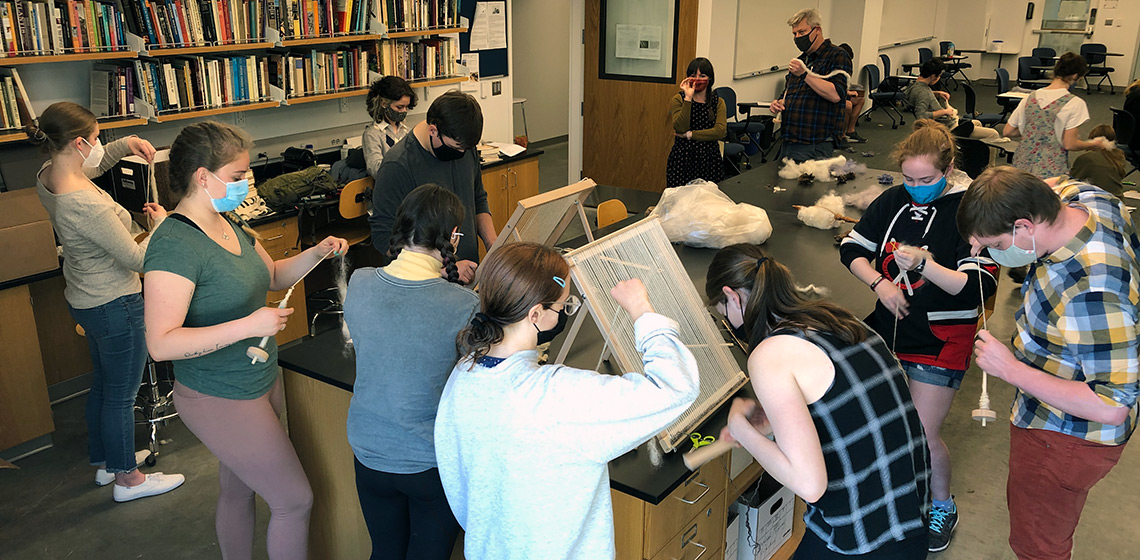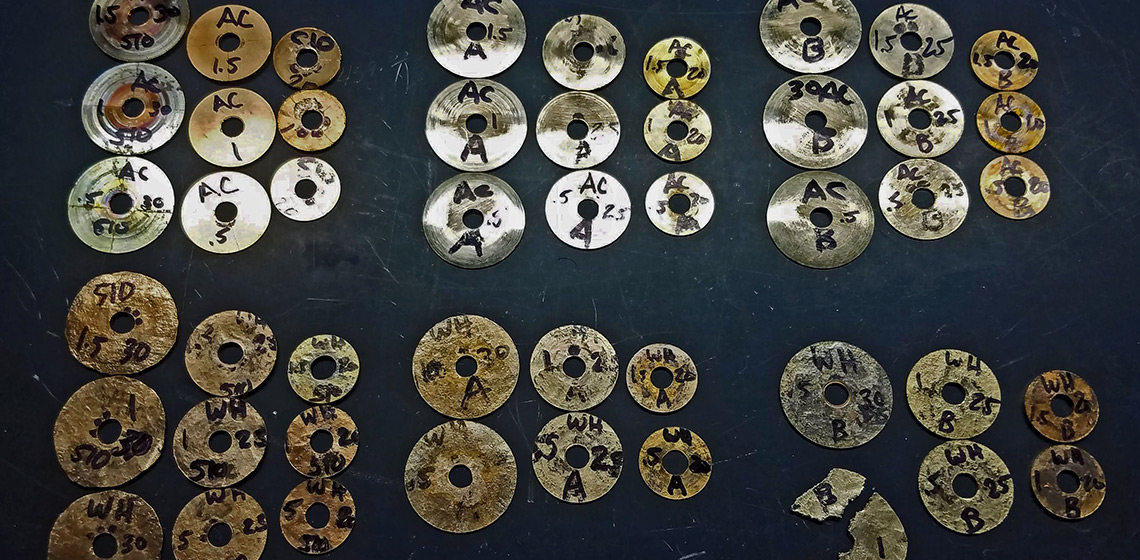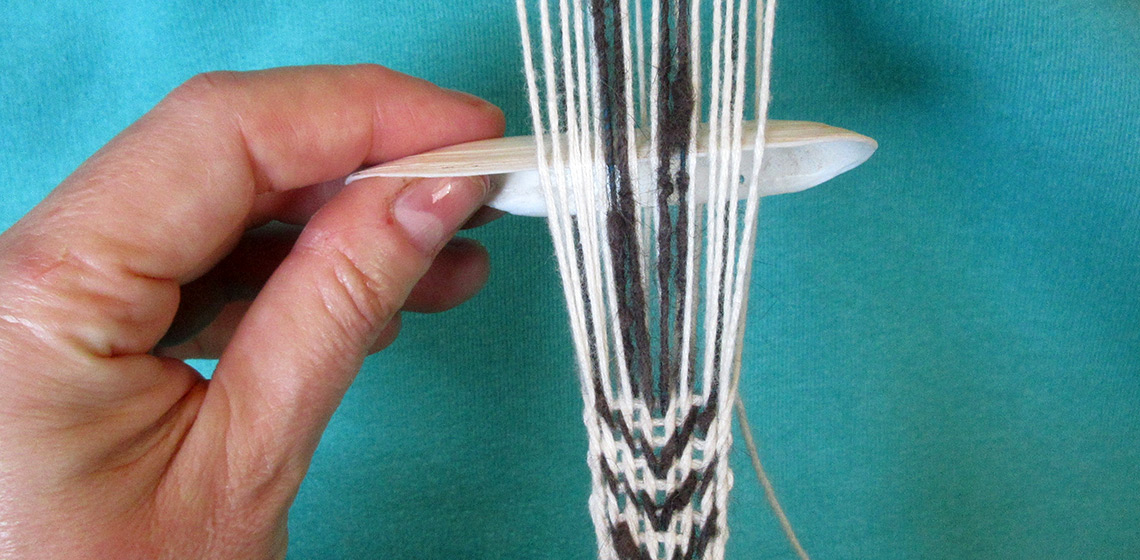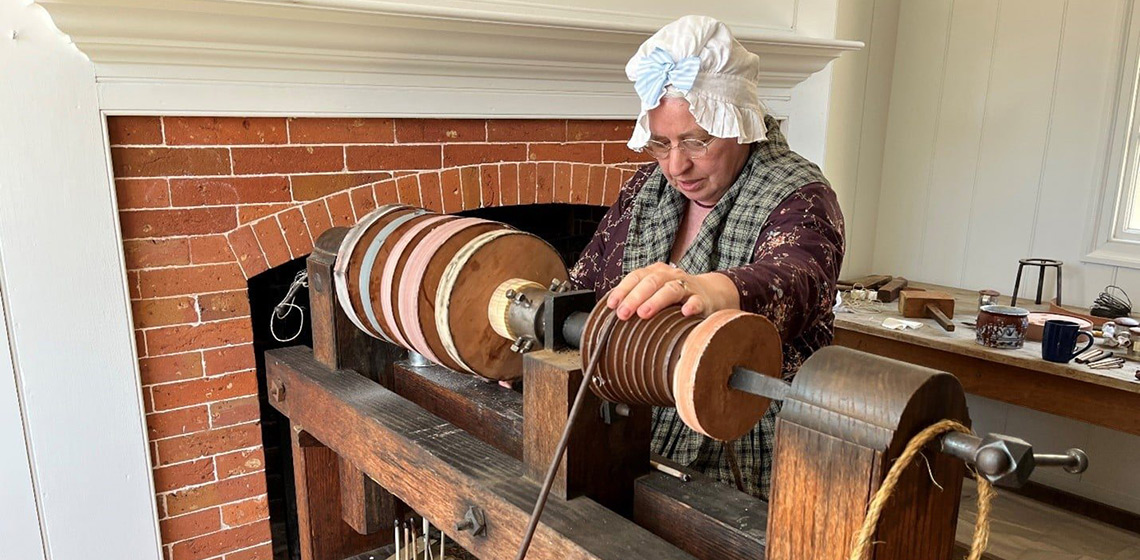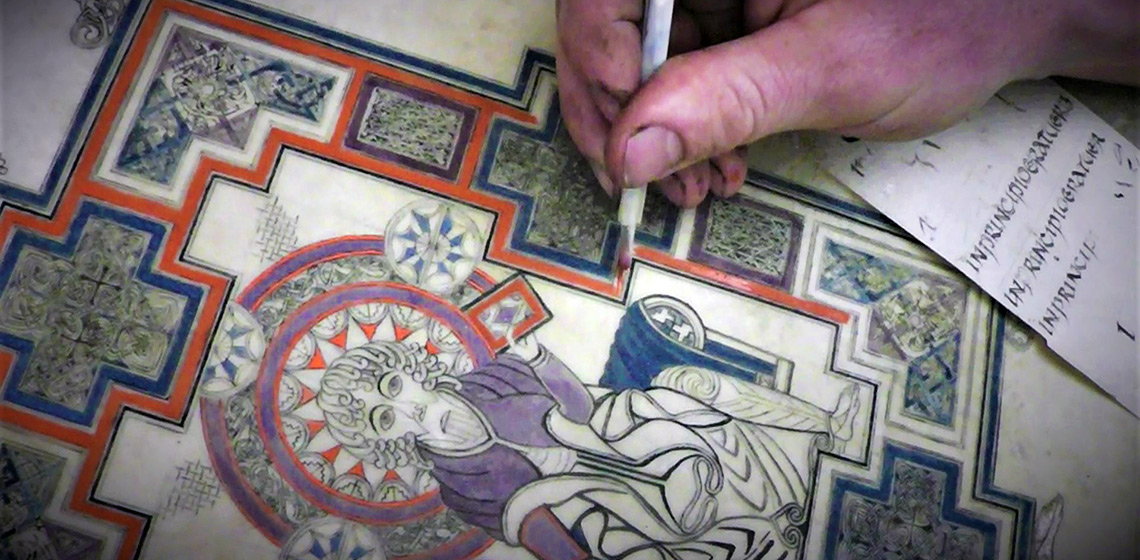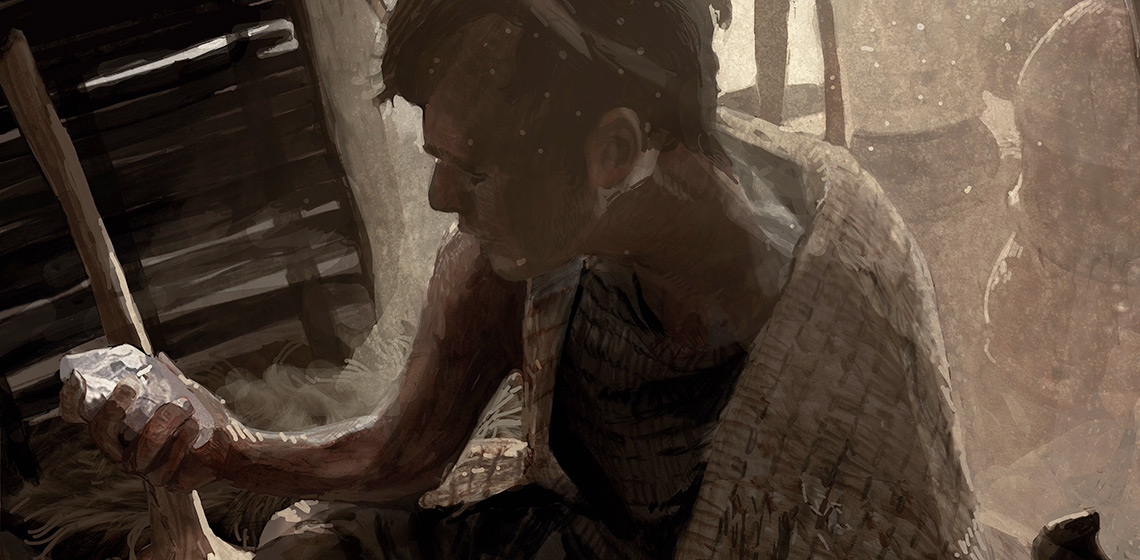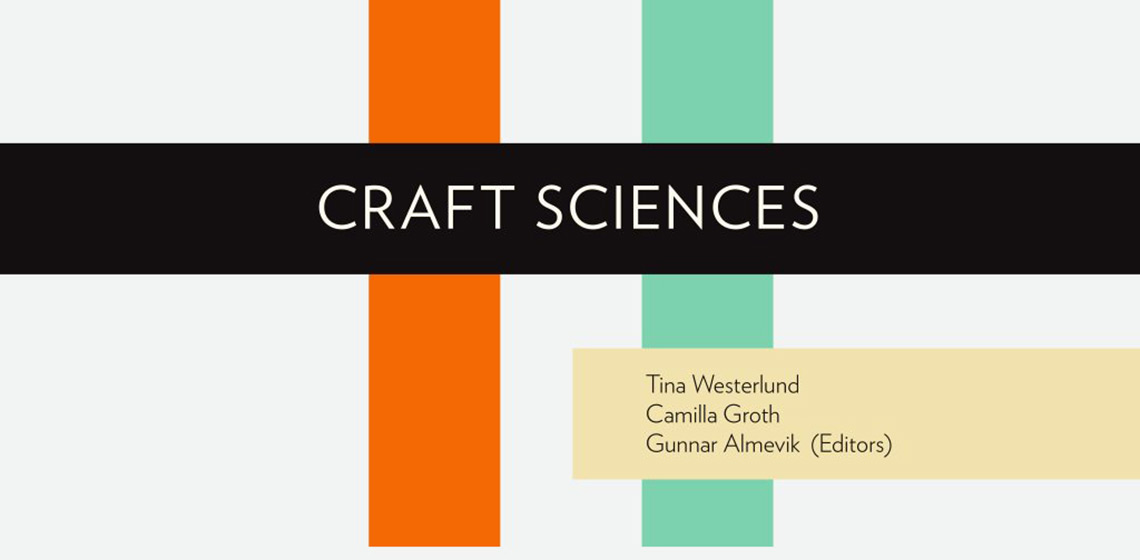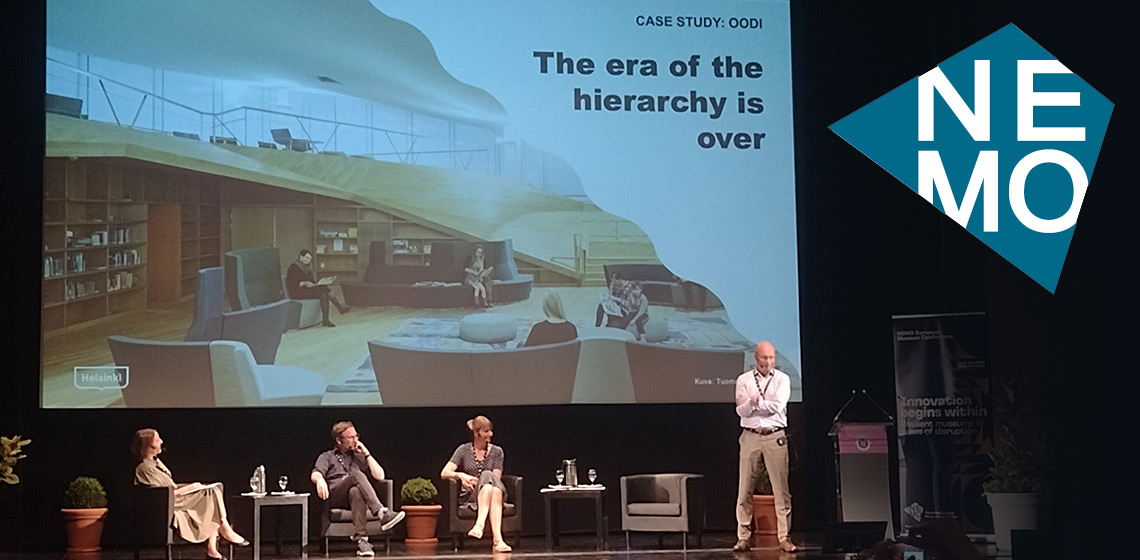EXARC Journal Issue 2022/4



10 Articles | DOAJ | Open Access
ISSN: 2212-8956
Publishing date: December 2, 2022
📄 EXARC Journal 2022/4 Table of Contents
Copyrights: EXARC, 2022
Listen in to the episode of "EXARC Extracts", where we provide you with a short summary of the articles in the latest issue of the EXARC Journal. Matilda Siebrecht summarises the reviewed articles from the 2022/4 issue of the EXARC Journal. It includes five reviewed articles as well as five unreviewed mixed matter articles.
Reviewed Articles
Launching an Experimental Archaeology Course at the Undergraduate Level
Publication Date
This article describes the process of designing and running a new course on Experimental Archaeology and Experiential History at a small liberal arts college in central Minnesota. We discuss the general methodological and pedagogical goals for the course, a representative three-week sequence of readings and labs based on the lives of shepherds, and the pedagogical and digital infrastructure...
An Experimental Approach to Ancient Egyptian Metalworking: The Mysteries of the Sesheshet
Publication Date
Our research represents a case study in ancient metalworking to illuminate the challenges, processes, and both human and material agency behind these objects. We focus on copper alloy Hathoric loop sistra since these musical instruments are steeped in ritual and mythological connections to metalworking...
Anglo-Saxon Beads: Redefining The “Traffic Lights”
Publication Date
Many thousands of glass beads have been excavated from Early British cemeteries of the fifth and sixth centuries AD. Amongst these beads is a type that was particularly common: decorated polychrome beads in red, yellow, and green glass in a variety of styles and combinations. Birte Brugmann, in her 2004 analysis of Saxon-period glass beads (Brugmann, 2004), named these beads “Traffic Light” (TL) beads...
Function Follows Form: Assessing the Functionality of Shells and Greenstone Shell Effigies as Formative Period Mesoamerican Textile Fabrication Tools, Part 1: Tagelus plebeius Atlantic Stout Razor Clam Shells
Publication Date
Although the importance of textiles in Mesoamerica from the Classic period (AD 250-900) onward is well-recognised, until recently little research or exploration of earlier Mesoamerican textile production has been conducted. This paucity of scholarship is attributable predominantly to the scant preservation of perishable ancient tools and textiles...
“Cuts Stones of all Sorts, In the Best Manner…”: Experiments in 18th Century lapidary work in America
Publication Date
Unusual or rare gems have been valued for as long as there have been humans to appreciate them. The making of beads and ornaments provides some of the earliest examples of the manipulation of materials solely for aesthetic reasons. Throughout history, we have refined the processes and constructed dedicated machinery to further enhance the desirable qualities of certain stones...


